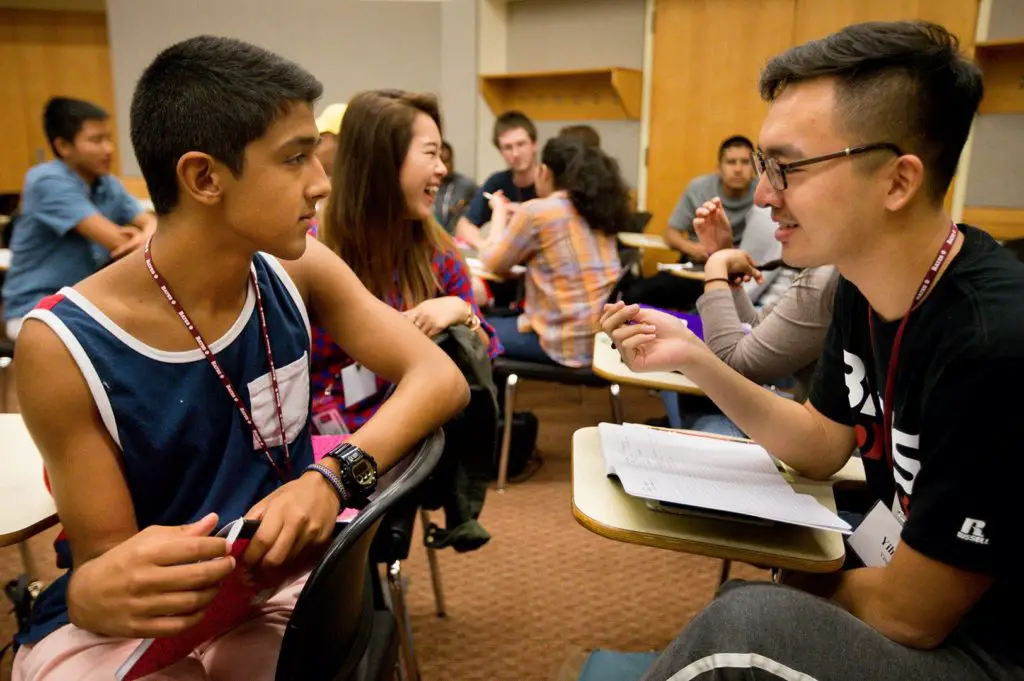Many universities have lately prioritized STEM research and learning across the nation. Democratic presidential candidate Kamala Harris has proposed $60 billion investment in STEM education at historically black colleges and universities, along with other minority-serving institutions.
When it comes to improving learning in such classes, lesser focus has been put on experimenting with various teaching techniques. A new study conducted by the University of British Columbia (UBC) biology students found that low-cost, active teaching techniques, especially group work and worksheets, improve student learning.
The study found the use of handouts that contain a few questions related to the concept and in-class worksheets contribute to the improvement in student scores.
Researchers pitched for active teaching techniques like peer instruction and group discussion as a more effective method to boost learning in STEM classes compared to traditional class lectures.
During the observation of classroom practices across 31 lecture sections in the biology program, the researchers found that classes that spend half or more of their time on group work see substantial improvement in learning.
“But this confirms that group work significantly enhances how well students grasp and retain concepts,” said Patricia Schulte, lead author of the study.
“And strikingly, having students go through worksheets in groups–an easily implemented, low cost classroom technique–resulted in particularly strong improvements in scores.”
A recent study had found that the size of the STEM classroom directly affects female participation. The class size that exceeds 120 students potentially affects their academic success, such as critical thinking skills, increase anxiety and a lower sense of belonging in the classroom.
University of Alabama Grant to Address Gender Equity in STEM Faculty

